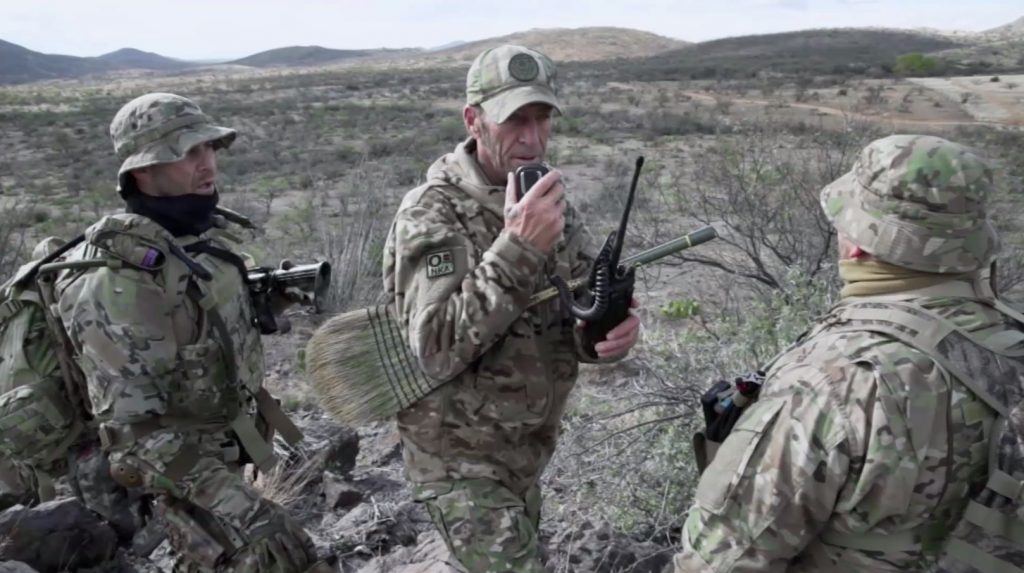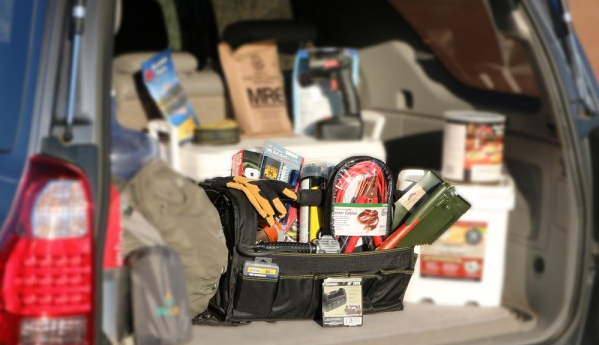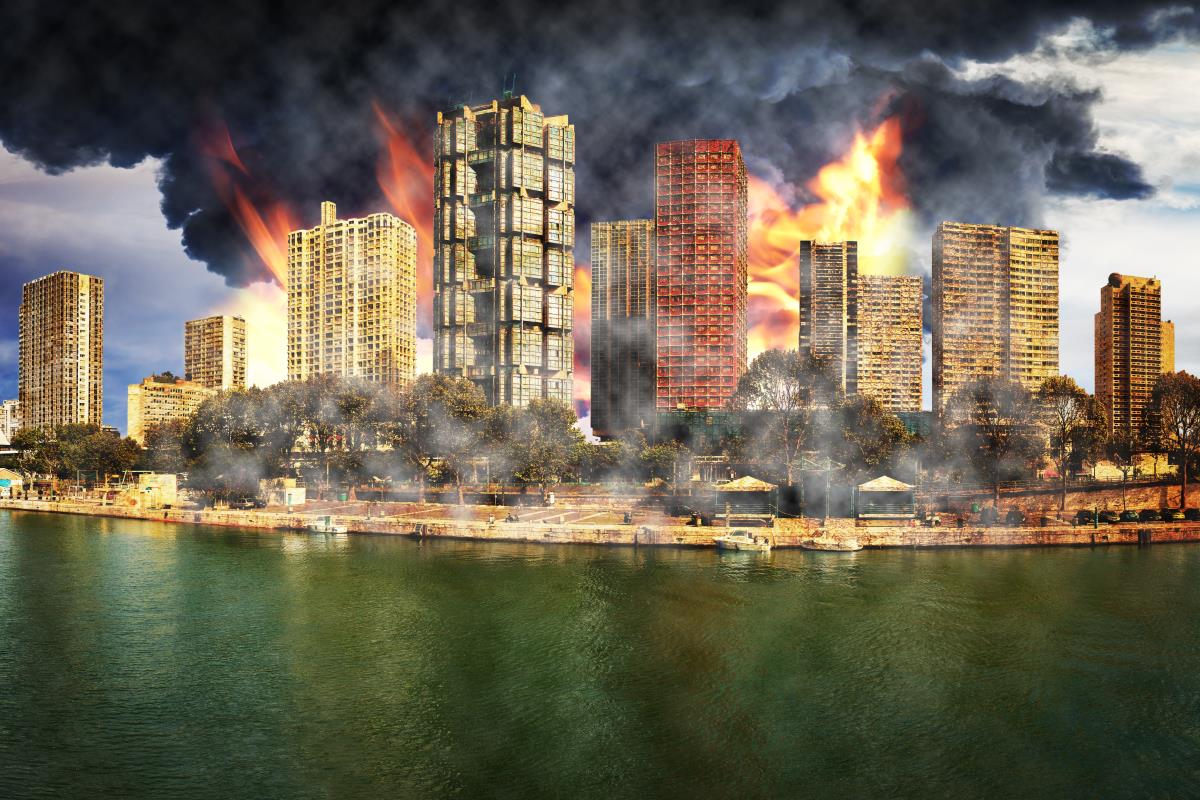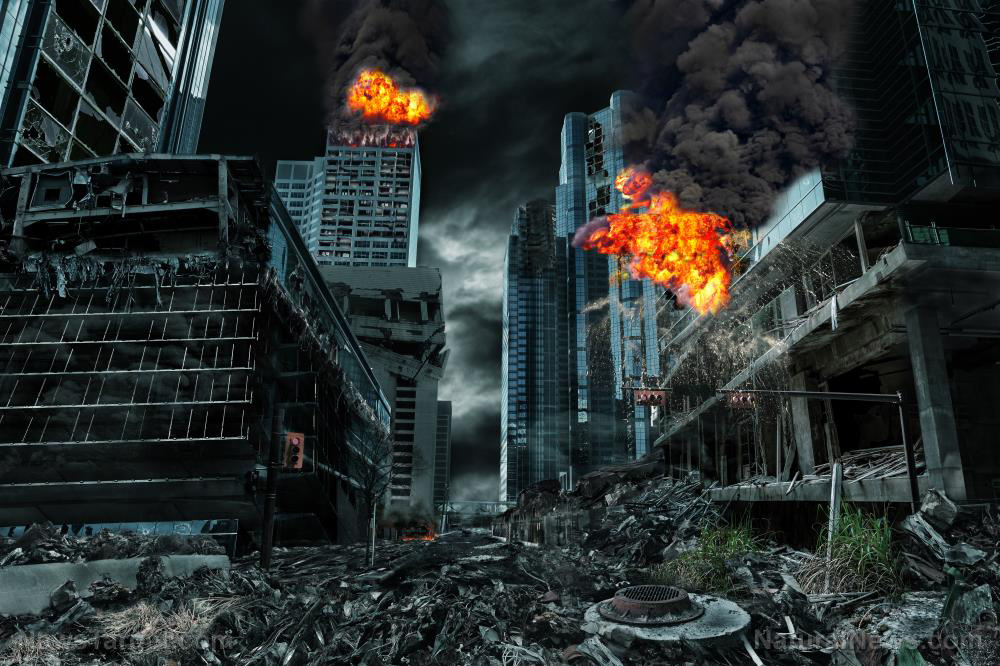Russia’s new “Satan 2” nuclear missile system can’t be stopped, but can destroy an entire nation in a flash
05/26/2016 / By JD Heyes

Is the world about to enter a dangerous new nuclear phase that will once again heighten global tensions between superpowers? Yes, if one recent report is to be believed.
As noted by the UK’s Mirror, Russia is gearing up to test-fire a nuclear weapon which supposedly is powerful enough to wipe out entire countries in a single massive strike. The “Satan 2” is rumored to be the most powerful nuclear design ever, and what’s more, it is believed to be equipped with new stealth technology to make it invisible to enemy radar systems.
In what some will surely call a doomsday weapon, when fully developed and deployed it may never have to be used in order to put Moscow at the head of every negotiating table for the foreseeable future. And it is most likely keeping U.S. military and intelligence officials up at night, if it exists, as current missile defenses are quite probably ineffective against such a weapon.
The weapon’s official name is the RS-28 Sarmat, and it is slated to replace existing but aging Soviet-era R-36M missiles, which NATO code-named “Satan” back in the days of the [first] Cold War.
“In this sense, the Sarmat missile will not only become the R-36M’s successor, but also to some extent it will determine in which direction nuclear deterrence in the world will develop,” the Russian news network Zvezda reported.
As noted by The National Interest:
The first prototype missiles have already been built. The first test launches are scheduled for later this year. Should the tests prove successful, the Sarmat will enter into full production so that it enters operational service in 2018.
“The development of the Sarmat silo-based missile system with a heavy missile is nearing completion,” Col. Gen. Sergei Karakayev, commander of Russia’s Strategic Missile Forces told the Moscow-based TASS News agency. “It will replace the Voyevoda missile system in the Uzhur missile division and the Dombarovsky position area.”
There is not much hard data available on the massive missile, but what information is publicly known suggests a system that is extremely formidable, like the appropriately named “Satan” system it will replace. That said, Russia did not develop the Sarmat completely from scratch, The National Interest (TNI) reported. The new missile uses a modernized variant of the Voyevoda’s liquid-fueled rocket motors; it will be equipped with four RD-274 engines to power it through its first phase.
The Mirror noted that some believe the 100-ton missile, which has a 10-ton payload, packs enough nuclear explosive power to destroy a country the size of France (or a U.S. state the size of Texas, where a sizable portion of U.S. military power is based).
Get more news like this without being censored: Get the Natural News app for your mobile devices. Enjoy uncensored news, lab test results, videos, podcasts and more. Bypass all the unfair censorship by Google, Facebook, YouTube and Twitter. Get your daily news and videos directly from the source! Download here.
TNI noted further that U.S. and Western intelligence estimate that the Sarmat may carry as many as 15 independently targeted nuclear warheads, and has a range of 6,000 miles. Once it is deployed it will become the largest ICBM ever built.
“Like other modern Russian ICBMs such as the Yars, Topol-M and the Bulava, the Sarmat is being designed specifically to overcome ballistic missile defenses using a combination of decoys, a host of countermeasures and sheer speed. It might also be equipped with maneuvering warheads—which would make it much more difficult to intercept,” The National Interest reported.
As for the U.S., the Air Force has launched preliminary development on a new Ground-Based Strategic Deterrent system which includes a new bomber, the B-21, to replace existing Minuteman III ICBMs. Currently, the service is upgrading the missiles, but Air Force officials have testified before Congress that they don’t believe it will provide assured deterrence as enemy missile defenses rapidly improve.
In the nuclear age, global conflict on the scale of the world wars is viewed as impossible to fathom, not just unlikely to occur. But if you remove the nuclear-deterrent factor – if somehow, someday, they are taken out of the response equation and not replaced with a weapon equally destructive – we will see war on a global scale once again.
Tagged Under: ICBM, nuclear weapons, Russia, Sarmat




















